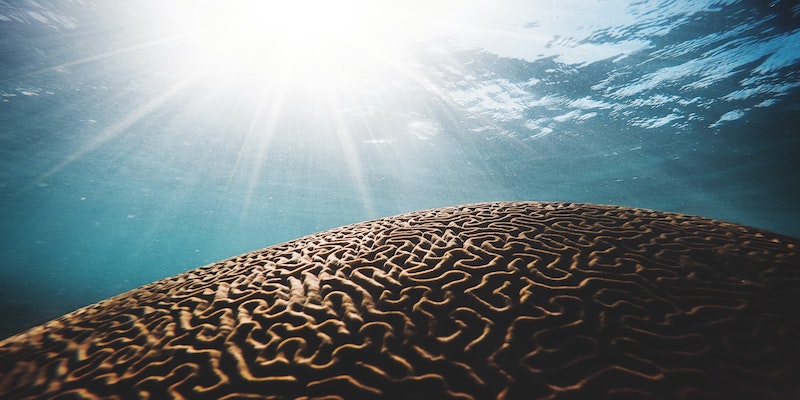by Danielle Taylor, PsyD
In the 1990’s, Judy Singer, an Australian sociologist, created the term neurodiversity to capture the notion that all brains are different, these differences make the human species more versatile and flexible, and these differences should be celebrated rather than labeled as deficits. Having people with different operating systems that guide how we perceive, experience, think and interact helps all of us to solve problems and to flourish. Neurodiversity highlights and celebrates the strengths that our differences bring to the world! It is a word that includes all of us.
What does Neurodivergent mean?
The term neurodivergent refers to processing information in a unique way that does not align with the “neurotypical” way of processing. Often people who have neurodivergent traits (NDT) are identified as having ADHD, Learning Disabilities, Sensory Processing Differences, or Autism Spectrum Disorder (Autistic*), or other related diagnoses. Under the umbrella of neurodiversity, these differences are seen as within the expected range of human variation rather than as disabilities or diagnosable conditions.
How Can We Better Embrace Neurodiversity and Neurodivergence?
Here are some suggestions to support your own discovery process as you learn more about this topic. These can be especially helpful if you are interested in learning how to better support people with Neurodivergent Traits (NDT).
Reflect On Your Own Differences
We are all unique and often the start of the journey to understanding others begins with better understanding ourselves. Spend some time reflecting about your own needs, interests, preferences, and dislikes. Really dig into what works for you about certain environments, people, and experiences and what doesn’t. What lengths do you go to in order to connect with what you love and avoid what doesn’t? Most of us are able to take steps to cultivate our environments in a way that supports the way our brains work. What might it be like to be in spaces and places that don’t honor your system? If you’ve had that experience, what was it like? That misalignment is something that many people with NDT experience regularly.
Stay Curious
Now that you have a deeper understanding of yourself it’s time to get a better understanding of others. One of the best ways to do this is by being curious about the lived experiences of others. There are myriad ways to explore this online through websites, YouTube channels, and social media communities. Always keep in mind that one person’s perspective is uniquely their own but even so these resources can provide some extremely helpful information about NDT. You can also ask people you know what their experiences are like. Great questions to ask include “what do you wish people knew about having NDT?” or “what would make you more comfortable here?” or “what are some of the advantages of having NDT?” Be sure to be respectful and to ask in a way that is open and not intrusive. No one likes to feel like they’re being interrogated.
Be a Strength Detector
Sometimes it can be difficult for people to see their own strengths, especially when they have heard so many negative things about the ways they think, act, or perceive things. In these situations it can be helpful to reflect back to them the strengths we see, especially those that are specific to their NDT. For example, people with ADHD are often perceived as behaving in a way that is disruptive and impulsive but doesn’t this also mean that they demonstrate bravery and boldness?
Consider the Environment
Whenever possible, invite people with NDT to be part of the environmental design process. There may be elements in spaces that are helpful or challenging depending upon how people experience them. Some examples include lighting, ambient sound, seating arrangements etc. Working together to adjust the physical environment to promote comfort can create a much safer and more supportive space.
Neurodiversity helps us to see the value in difference and reminds us that it is an expected and valuable part of the human species. If we all had brains that worked in the same ways it would be impossible for us to collectively grow at the rates we have. Normalizing and supporting Neurodivergent Traits in ourselves and others will help to create a safer, more nourishing world where we can all blossom.
*Some people who are diagnosed with Autism Spectrum Disorder prefer to be called Autistic so it is best to check with each individual person about their preferred language.






